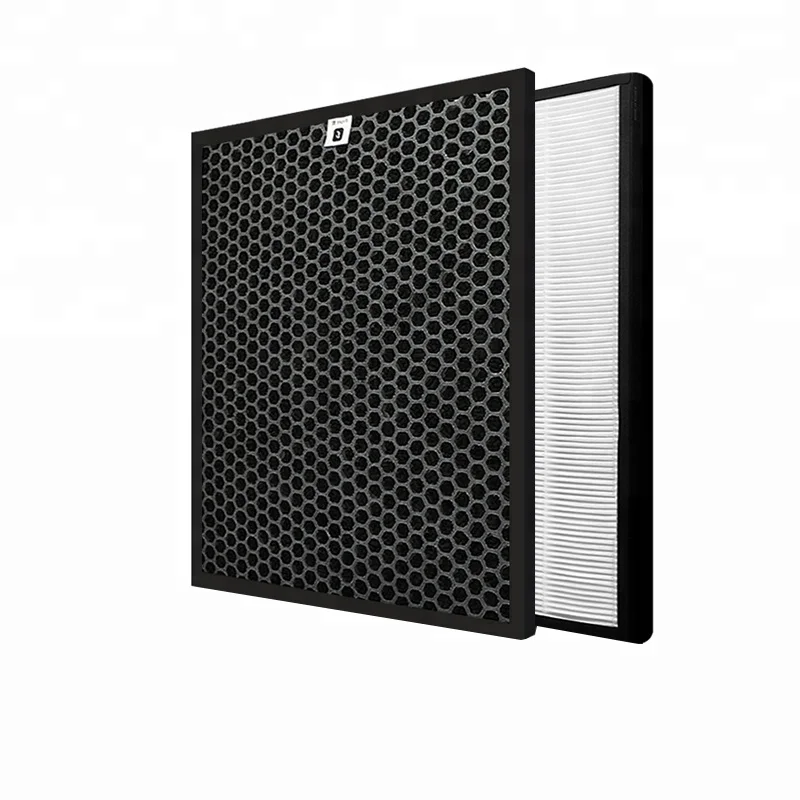
Activated carbon is one of the most effective filtering methods for removing chlorine, sediment, volatile organic compounds (VOCs), and odors from the air. The activated carbon filter’s adsorption process works by trapping pollutants in the pore structure of the carbon and containing them in this filter until the carbon media fills up completely. How does carbon filtration work? The process in which activated carbon filters work when placed in an air filtration device or air system is through a method called adsorption. Penn State University’s research on activated carbon found that one pound of activated carbon contains a surface area of approximately 100 acres. When the charcoal (aka carbon) materials are activated either through physical (using hot gas) or chemical activation (using chemical agents like potassium permanganate), it will allow for the activated carbon to form a larger surface area which will allow for more contaminants to be stored on the carbon filter media. Charcoal is another name for carbon, and this refers to the untainted absorbent material that occurs prior to the activation of the material that is used to capture and trap pollutants within the media. However, when it comes to activated carbon vs charcoal there can be some confusion on the meaning of these two classifications of air filtration and if they in fact mean the same exact thing as one another. The pollutants that may be brought into your home from various sources (like those listed above) can include chemical odors like VOCs, odorous compounds like urine, cooking smells, etc., and even particulate matter like pet dander and mold spores into the air.

Whether you recently painted your home, installed new flooring, added a new pet to the family, or even cooked a family meal all day in your oven, pollutants will be produced in high concentrations throughout your home. Activated Carbon vs CharcoalĪctivated carbon is a technology that has many names including activated charcoal, charcoal, and carbon that will all work to filter indoor air of pollutants that may be accumulating within a confined space overtime. In this article we are going to learn more about how well activated carbon works to filter indoor air, along with the disadvantages of using activated carbon filters in your air handling system or air purification device inside your home. Activated carbon filters are a versatile type of filtration method that is used in both water purification and air purification solutions – due to its inherit capability to filter and trap pollutants within the filter media of the activated carbon material. Among the different types of air purifier technologies used for filtering the indoor air of a home or other personal indoor environment includes the most popular options like ozone, ionizers, and the most well-known and used activated carbon technology. Filtration methods that are deployed in air filters and air purifiers will work to take in the indoor air in this environment and filter it of airborne pollutants such as chemical compounds, odorous compounds, and particulate matter present in the air space of the treated environment.


 0 kommentar(er)
0 kommentar(er)
